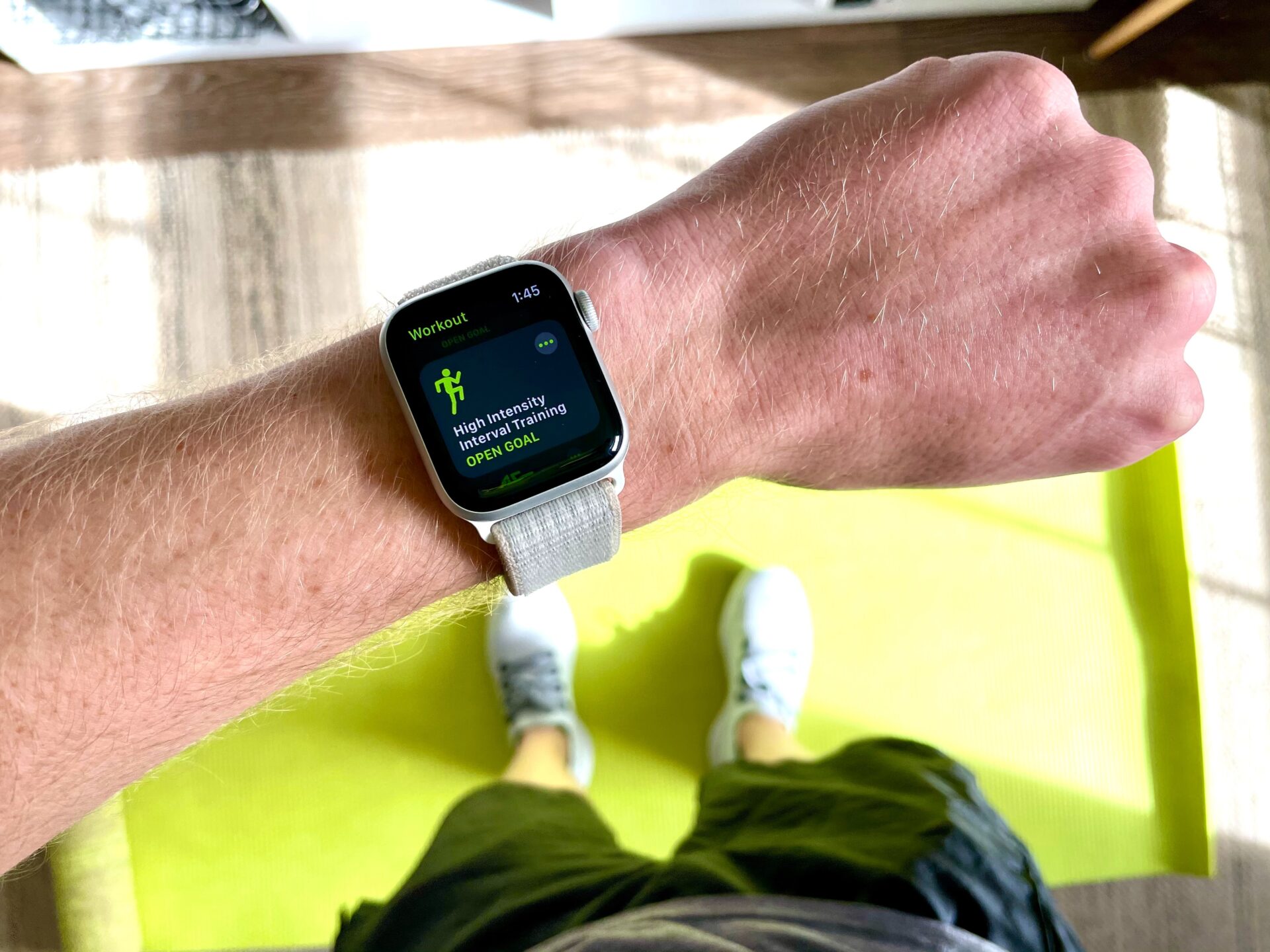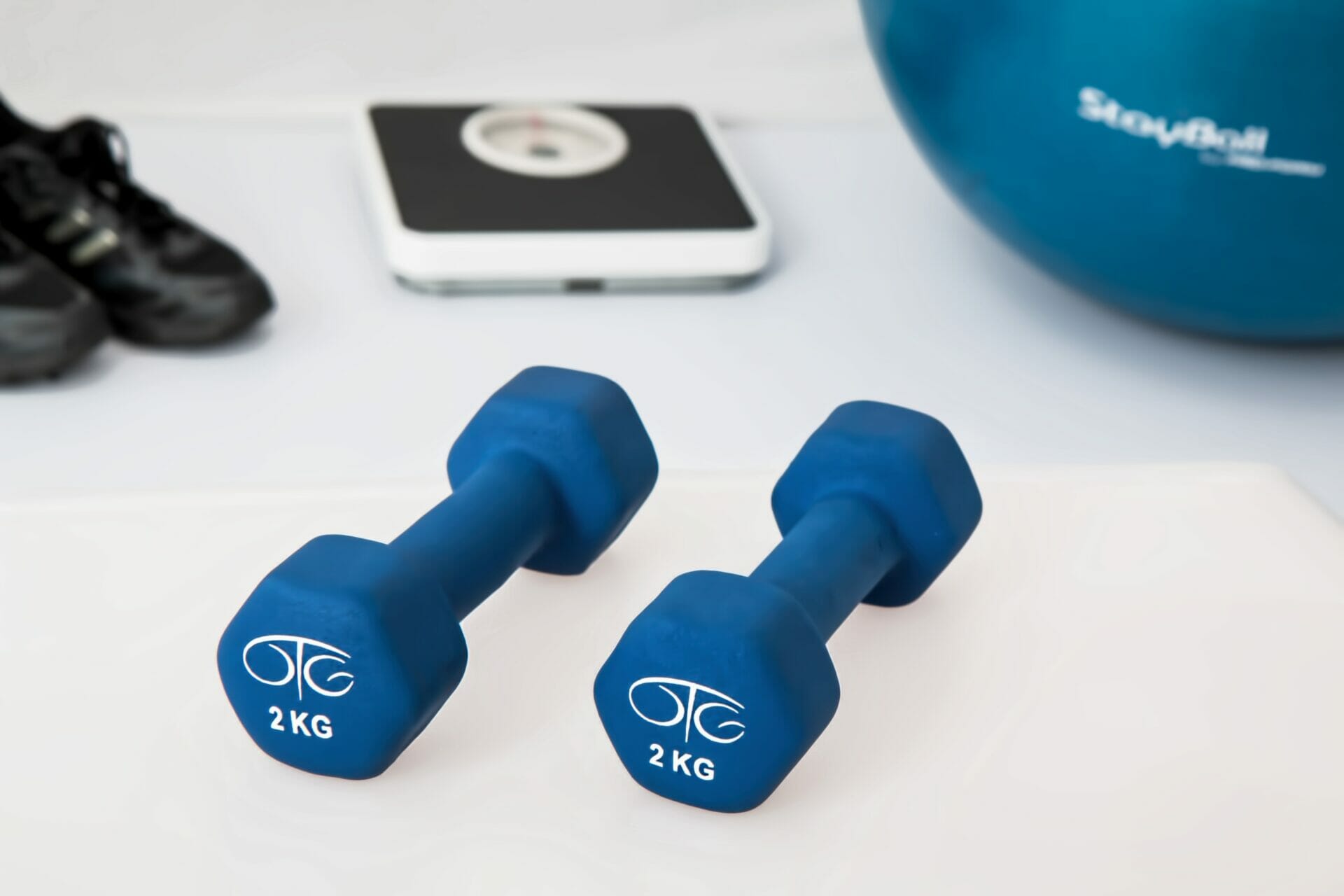The term “wearables” encapsulates the category of tech explicitly made to be worn on the body, from watches and rings to clothing and headphones. The wearables market has evolved quickly from basic fitness trackers to today’s communication-enabled devices that essentially give us the capabilities of a tiny laptop on our wrists. Whether you’re new to the market or looking to accessorize your smart style further, we’ve rounded up some of the most loved options on the market.
Bluetooth Bling
Wearables work by pairing to your smartphone through Bluetooth. Bluetooth works by using radio waves instead of wires or cables to connect your wearable with your smartphone or computer. Tamara Palmer writes in Popular Science, “The tech has its limits, though: Bluetooth typically stays stable at 33 feet or less.” If you’re new to wearables, keep this in mind – unless you’re adding a data plan to your smartwatch, many of its communication functions won’t work if you’re too far from your phone.
Steps & Stats
While each wearable differs in exactly what data it tracks, they all capture your steps. Tracking steps is a great way to hold yourself accountable to an active lifestyle. While 10,000 steps is a popular goal, Well + Good tells us, “…experts say 7,500 is likely enough to reap the health benefits.” Beyond steps, other stats to track are calories burned, flights climbed, heart rate, blood oxygen levels, quantity (and quality) of sleep, and your location.
Health & Safety
One of the most promising areas of wearables innovation is managing and predicting health conditions. This growing technology area empowers patients with a new level of insight into their health. This information can change the game for how they advocate for themselves within the healthcare system. For example, some devices can detect when you might be in A-Fib, while others can help you manage blood pressure. Blood glucose monitoring is anticipated to be the next breakthrough for wearables, giving people with diabetes a lot of hope for non-invasive blood sugar monitoring.
Beyond GPS capabilities and physical location tracking, the latest Apple Watch offers enhanced safety features like fall detection, emergency SOS and high and low heart rate notifications available for sharing through the Family Setup program. This is the more innovative alternative to the “I’ve fallen, and I can’t get up” infomercials that haunt us from the ’90s!
For more active and adventurous users, tech-enabled clothing might offer an additional layer of data and connected capabilities. The Beartek Snow Sports Gloves let you control your phone, music, media, and camera using gesture control with your hands. Using specific touch points on the gloves, you can answer calls, play and pause tracks, and take pictures or videos. Hexoskin makes performance-driven shirts with multiple sensors to provide detailed biometric data like breathing rate and heart rate variability. Whoop Any-Wear allows you to wear this screenless tracker on a wristband OR slip it into any piece from their comprehensive line of activewear. Whoop supports athletic performance and recovery through “passive data collection” that won’t distract you from your workout, or life, with a screen.
Chic or Geek?
For some, the sporty style of the wearables industry doesn’t always vibe with their personal or professional look. Luckily tech design has caught on, and through partnerships with leading fashion brands (hello, Hermes + Apple) and innovation, designs have gotten less bulky and sleeker. Some of the least sporty options on the market include:
- For the Wrist: The (upcoming) Sony Wena, Garmin’s Marq, Fitbit Luxe, or consider an elevated band for your Apple Watch.
- For the Finger: The Oura Ring is a lightweight band that seamlessly sits beside the rest of your hand candy. It’s made from durable titanium and available in silver, yellow gold, rose gold, or black finish. While the ring doesn’t have a screen, it measures a lot of valuable data, including sleep, steps, blood oxygenation, and heart rate, and its battery charge can last up to seven days!
- For the Eyes: Stay tuned for Google Glass, which has been piloted with several businesses to bring the technology to their workforce. Google says the “tech equips employees with the ability to see their to-dos in a hands-free way to quickly and efficiently complete tasks. Using any device, a warehouse manager can create a workflow on Tasks and share it directly with a teammate preparing a shipment, who can see and cross-off tasks in real-time on the Glass Enterprise display.”
Connected Communication
Most smartwatches allow some form of two-way communication. The model most suitable for you will depend upon your lifestyle and needs. The most popular choice is the Apple Watch, which allows for receiving and making calls, text messages, and email. You might prefer the closest equivalent in the Galaxy or Pixel watch if you’re an Android user.
Boundaries for Burnout
While the abundance of functions wearables offer can make life easier, the constant connection to people and our jobs is something to consider. Therefore, we recommend setting boundaries to ensure you get plenty of screen-free, off-the-grid time each week. Perhaps start with a “screen-free Sunday” and see how it feels.
It doesn’t seem anyone can see exactly where the wearables market is heading, but the future certainly looks interesting – check out these predictions in TIME.





Responses